- Video: 10 Orchids you can Plant in Soil! - Orchid Care Tips for Beginners
- Substrate for orchids: composition and characteristics
- Video: How To Replant Orchids
- Self-prepared substrate
- Video: Orchid best potting mix || dendrobium orchid care || garden vibezz
- Alternative growing methods
- Video: What is the best Potting Mix for your Orchid? - Learn about Orchid Media! Orchid Care for Beginners
- How often to change the soil?
- Video: How to plant Orchids in a very simple way
- Rate the author (1)
- Comments (4)
From the category of exotic plants, orchids have moved into ordinary participants in home flower collections, but this has not made them less beautiful and attractive. On sale, you can most often find phalaenopsis, a species of the orchid family.
In the wild, flowers grow on the crowns and trunks of trees, using them as a support. It is difficult to recreate such an environment at home. For normal development, it is important to understand what is the best soil for orchids.
So, what soil to choose for orchids - further in our article.
Video: 10 Orchids you can Plant in Soil! - Orchid Care Tips for Beginners

Substrate for orchids: composition and characteristics
The quality and composition of the substrate plays a key role in the growth and flowering of orchids. The soil keeps the plant upright and is a nutrient medium.
Proper soil selection is important for all houseplants. Flower growers who have cacti, spathiphyllum flower, zamiokulkas and other soil-demanding flowers were convinced of this.
For most species, including phalaenopsis orchidsprimer with the following characteristics:
- moisture capacity;
- friability;
- no toxic elements;
- lightness;
- complex mineral composition;
- air permeability
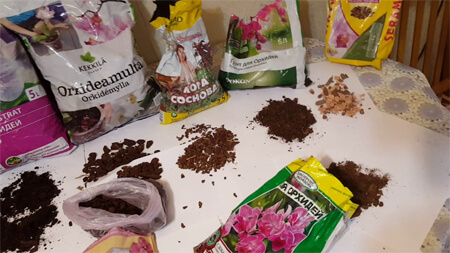
In specialized stores, compositions of components are sold that absolutely meet the listed criteria. They contain in certain proportions the bark of pine trees, sphagnum moss, coconut fiber, charcoal.
The best choice for inexperienced orchid growers is to purchase a ready-made substrate.
The brands of the compositions are different, but the packaging says that inside is a ready-made soil mixture for orchids. It is important to clarify for which varieties the soil is intended.
Video: How To Replant Orchids

Self-prepared substrate
Experienced flower growers prepare the soil mixture themselves. For cooking, pine bark, larch, fern root, peat, charcoal, expanded clay or other drainage are used. It is not necessary that all components be in the same pot, it is important to prepare a substrate that matches the variety.
Is it possible to plant orchids only in the bark? No, experts recommend mixing it with moss, peat or charcoal for better breathability.
Source material can be collected in the forest and processed:
- Rinse the bark, clean it of dirt, dry it, cut it into 1-2 cm pieces. The excess mixture is useful to mulch perennial sweet peas or other horticultural crops for the winter. Bark should be collected from trees that fell a year ago, without abundant resin and signs of decay;
- To carry out the disinfection of the bark in a water bath, in a microwave oven, in an oven or in a freezer. Manipulation will kill the larvae of harmful insects;
- Rinse the moss, sort it out, cut into strips.
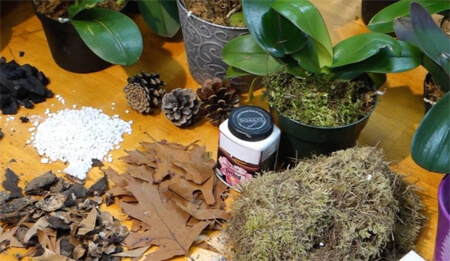
The prepared components are mixed in proportions, depending on the type of orchid. For dendrobiums, you need pine bark, moss, charcoal, coconut fiber in proportions of 3:1:1:1. Vanda orchids with very large flowers require equal parts bark, sand, peat and perlite. Cattleya is one of the few varieties that takes root only in the bark without impurities, but experienced orchidists advise adding a few pieces of charcoal to the pot.
Planting an orchid in universal soilis undesirable. The soil mixture has a dense structure, the roots in it will not receive enough air and may rot.
Video: Orchid best potting mix || dendrobium orchid care || garden vibezz

Alternative growing methods
What can replace soil for orchids? Flowers are epiphytes, i.e. they do not take root in the soil, but rely on other plants, but are not parasites. They get their nutrients from the surrounding air (rain, fog) and organic residues.
This feature is used for growing orchids on a block, without soil.
Planting on a block
At home, any decorative natural object can be a block: grapevine, pine bark, cork oak branch. When choosing a base, the stability of the composition is taken into account and the possibility for the growth of the orchid is laid. Planting consists in fixing the plant to the block with the help of garden thread. Important nuances:
- moss is placed under the attachment point;
- the roots are fixed securely, but without pinching.
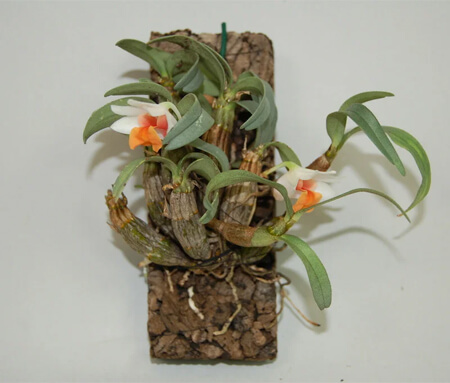
This method of growing is spectacular in appearance, but you can’t call it simple. The roots need constant moisture, the room needs to maintain a high level of humidity. The described option is more suitable for greenhouses where professional florists deal with flowers.
In the water
The technology of growing orchids in water involves planting a flower in a plastic container with drainage holes. The container is filled with soft water, to which top dressing is periodically added. Fertilizers need three times less than the amount recommended for the substrate.
Without soil, only epiphytic varieties of orchids can be grown: phalaenopsis, dendrobium, some types of cattleya.
Can I use regular soil?
Orchids do not grow in heavy soils and in black soil. This is due to the peculiarities of their diet. Ordinary indoor plants feed on the moisture that is in the pot after watering. Orchid roots need access to sunlight and air. Sprinkled with ordinary dense earth, the plants will die.
Video: What is the best Potting Mix for your Orchid? - Learn about Orchid Media! Orchid Care for Beginners

How often to change the soil?
Any substrate for 2-3 years loses its nutritional value and mineral balance, begins to decompose, becomes denser. Air circulation deteriorates, the roots do not receive enough oxygen. Therefore, at intervals of 2-3 years, orchids are transplanted into a new soil mixture.
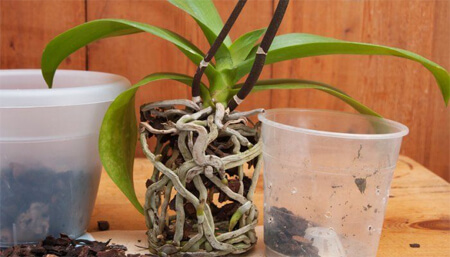
Immediately after transplanting, plants need special care. Within two weeks they do not need to be watered. Moisture and nutrition are in fresh soil. It is enough to spray it and the leaves. Plants should be kept at a moderate temperature, protected from direct sunlight.
Special orchid soil or bark performs its function if it is appropriate for the variety. It doesn't matter if the mixture is store-bought or homemade. It is important to follow the rules of preparation, to maintain proportions.
Video: How to plant Orchids in a very simple way










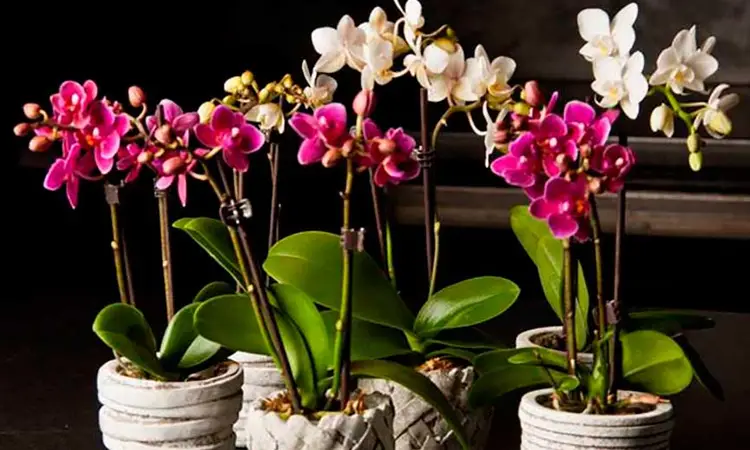



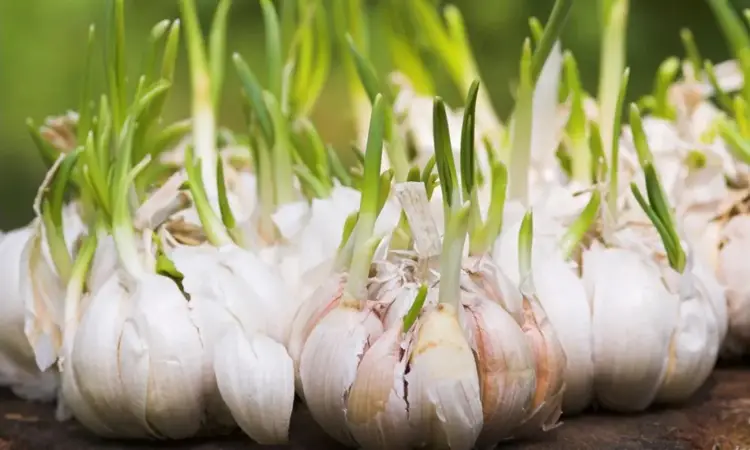
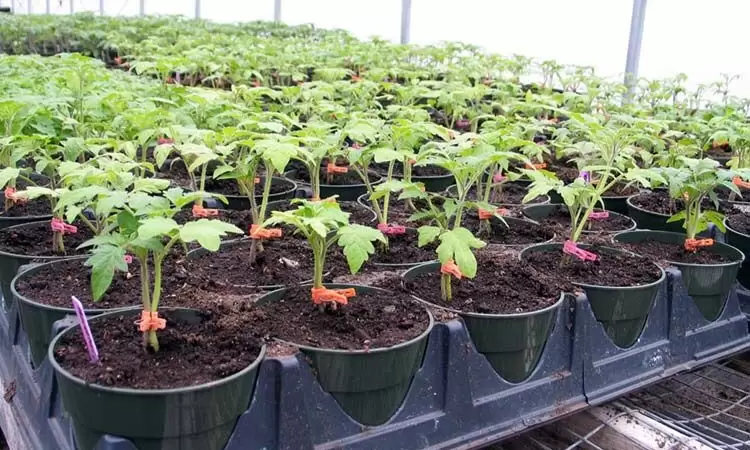
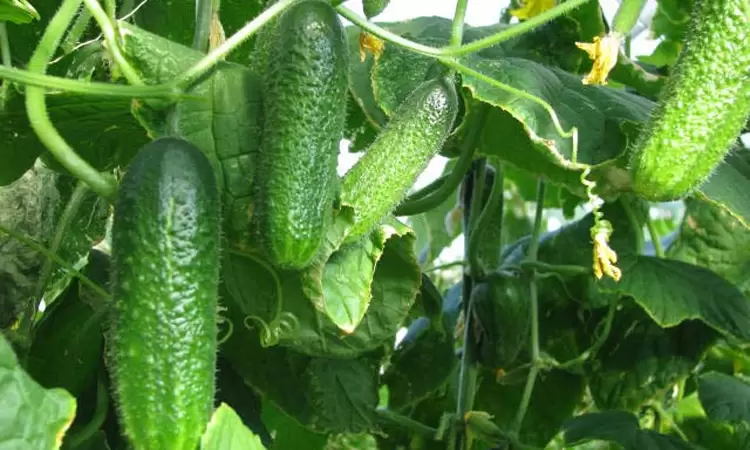
Comments (4)